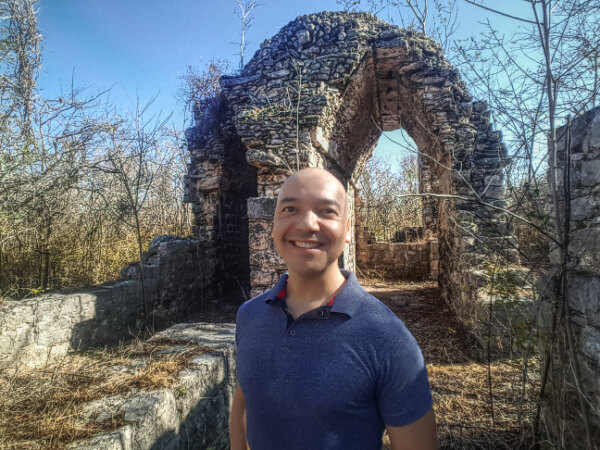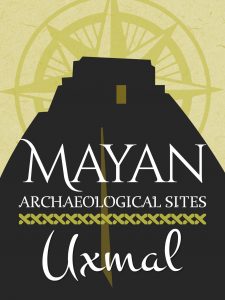The Observatory in Chichen Itza, also known as El Caracol, is
It has some windows on the top from which you can see the equinoxes, sunsets, solstices, the positions of Venus and other stars, and the observation guided many of the decisions and actions were taken by the ruling class.
Venus and the Observatory in Chichen Itza
The main purpose of the Observatory in Chichen Itza was to watch and study the trajectory of Venus, and based only on visual observations the Mayans came to know that:
- Venus appears in the west and disappears in the east at different times throughout the year.
- Its synodic cycle was 584 days.
- 5 cycles of Venus were equivalent to 8 solar years.
- Venus appeared at the north and south extremes at 8-year intervals.
Astronomical observations
The principle of astronomical observations is based on two angles of walls in the interior of an opening, this method allows to make observations with great precision.
Studying the results provided by the upper chamber of the Observatory in Chichen Itza, we get the following results:
- The first observation span gives us the exact direction of the south.
- The second one, is the setting of the moon on March 21.
- The third one, is the direction of the west, as well as the setting of the sun at the equinoxes of March 21 and September 21. And finally, a second observation through the same place corresponds to the sunset on the summer solstice, on June 21.
The Observatory in Chichen Itza to guide other activities
It was also used to define dates of sacred rituals and defining the cycles of cultivation and agricultural activities in general because the sunsets on the horizon marked to the ancients the stages of the cycle and hence the importance that the observatories had for the Mayans.
Physical description of The Observatory
This building is composed of a rectangular platform that measures 67 m from north to south and 52 from east to west; it has a single body slightly sloped with a cornice board, whose total height is 6 m. There is a set of 3 staircases on its front which points to the west decorated with interlaced serpents.
A circular building 16 m in diameter and 5m high was built on top of the main platform with a single body composed of sidewalks with a slight protruding molding and a vertical wall finished off with another molding. The Observatory in Chichen Itza is surrounded by a rectangular platform. On top of this, a construction 11 m in diameter and 3.70 m high was built, consisting of a single vertical body between two molded cornices.
The third and upper body is very destroyed, but it shows a series of small openings or windows used for observations.
The Observatory Annex

Towards the southwest corner of the great platform of The Observatory, a rectangular attached platform was built with a stairway limited by rafters decorated with feathered serpents.
A temple or residential building of 14 m long by 9 m wide was built on top of this platform, composed of two parallel bays, the first one has two rows of columns, and the second one narrower and with an entry door, in which there is a stool that occupies almost all the space. The facade of the building has a slope, a vertical wall, and a cornice with moldings, all free of decoration.
Location of the Observatory in Chichen Itza
The Observatory in Chichen Itza is on the Central Group between Chichanchob and the Nuns Building.












